Picture this:
You stop to get gas for your vehicle. While you’re filling up, you notice another car nearby and the driver seems to be watching you.
When you pull away from the station, the car pulls out with you.
You start checking your rear and side view mirrors.
When you turn a corner, they turn with you.
When you arrive at your home and pull into your driveway they pull in behind you.
In your mirrors, you see them step out and draw a firearm.
To engage the threat, you draw your firearm as you step out of your vehicle.
You both fire. You both go down.
The assailant goes down in front of his vehicle; you go down next to yours.
You have a bullet wound in your leg and it’s bleeding badly.
You’re able to dial 911, and EMS tells you help will arrive in 10 minutes, but with the rapid loss of blood, 10 minutes will be too long for you to still survive. What can you do to save your own life?
Now we admit in this scenario we’ve been a bit drastic, however there is a point we want to make with you. How to provide medical care for yourself if you are injured during a self-defense incident.
The truth is, a wound to one of your extremities could cause a severe disability or even death if it is not dealt with immediately and in the appropriate way. EMS might not always be in close proximity ...especially if you live in a rural area, where the closest medic service or fire station may be well over half an hour away.
It is for reason we want to raise awareness on the benefit of carrying a Tourniquet.
Here is a request: If you have a personal experience of a Tourniquets saving your life, will you share it with us? Leave your comments here in the blog and we’ll respond to you personally.
Not on our list? CLICK now and join us for more self-defense and situational awareness information.
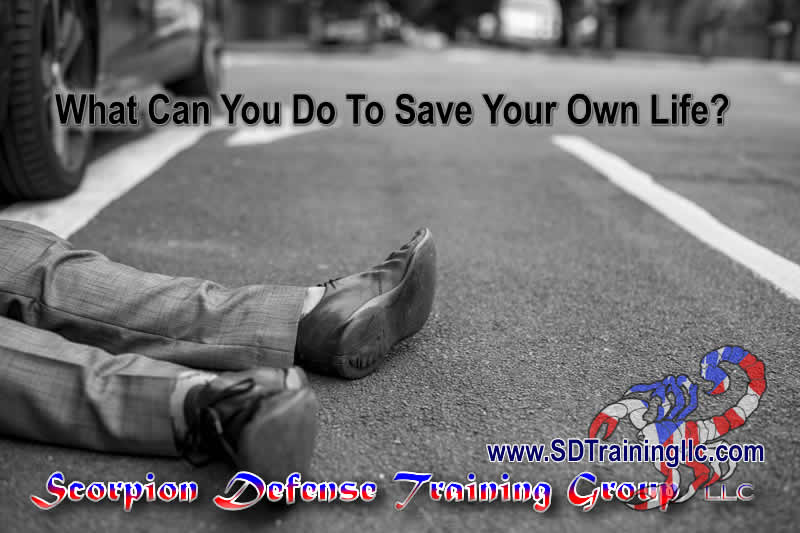
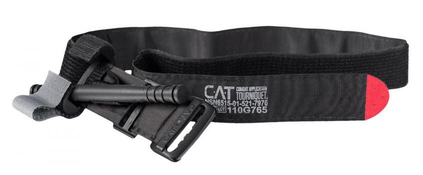

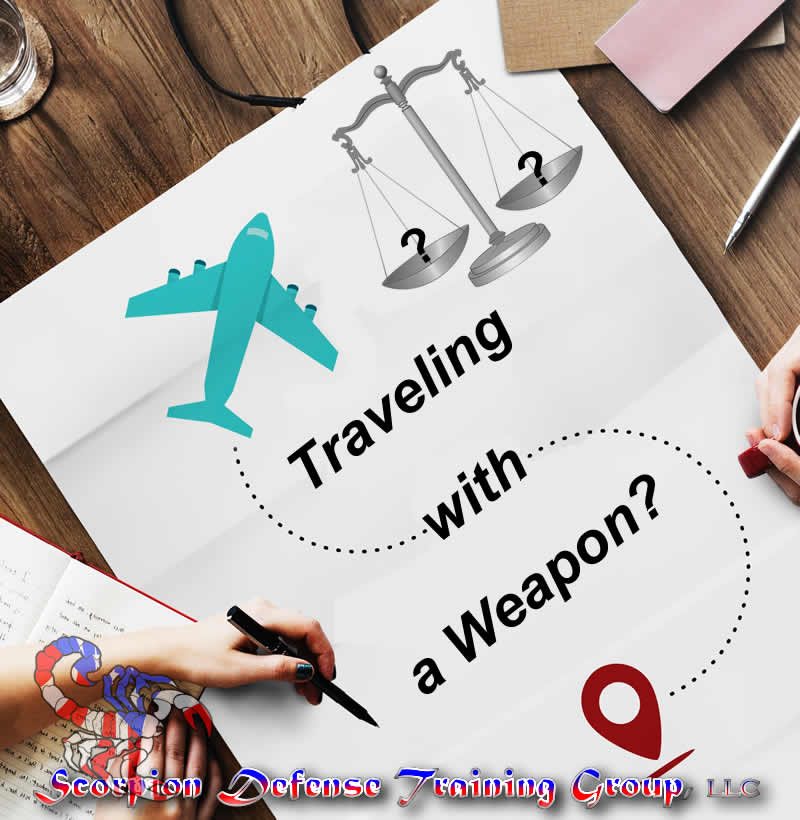
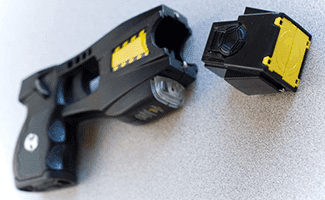

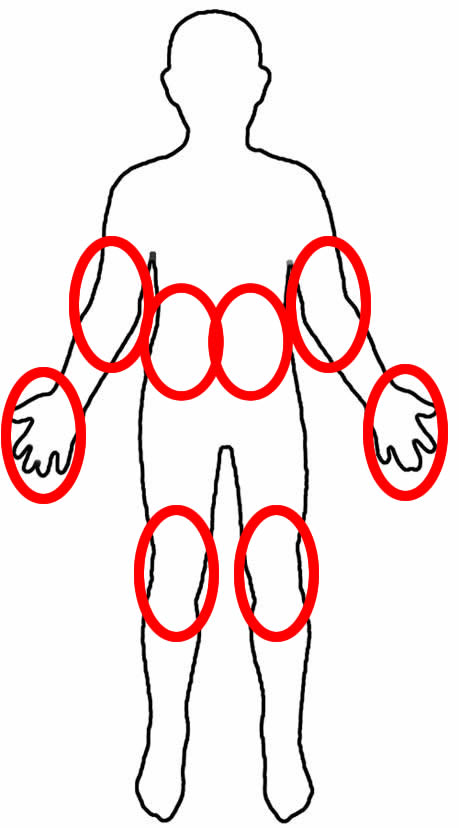
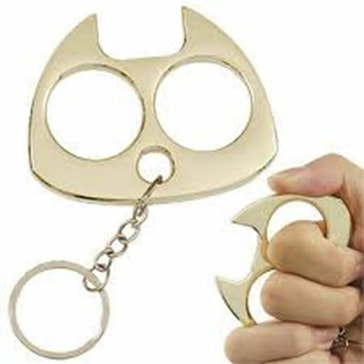
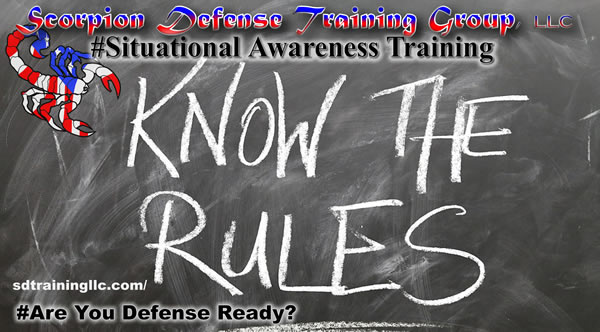
 RSS Feed
RSS Feed


